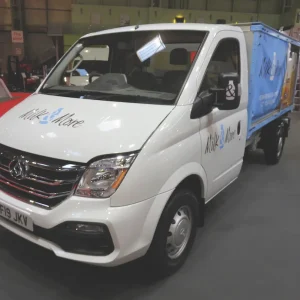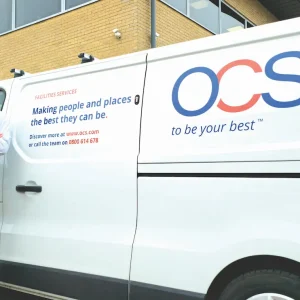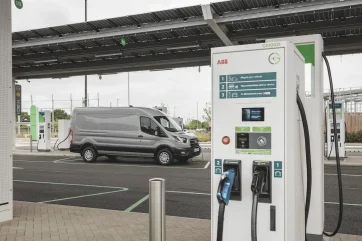
There’s a been a seismic shift in how we all conduct ourselves since Covid-19 swept into our lives in 2020, with an increase in home delivery and much more internet shopping. During that time, there’s also been greater pressure on fleets to decarbonise, whether from their customers or with clean air zones and incoming legislation in mind. The final piece in the puzzle has been the dramatic price increase we’ve seen for energy. Fuels and electricity costs have all sky-rocketed, putting more pressure on the operator to maximise their asset use and minimise costs.
Now van operators of all sizes, not just large fleets, are considering how they can better organise their fleets and utilise their vehicles in a more cost-effective manner.
According to new research, conducting by Ford Pro and the Centre for Economics and Business Research (CEBR), vans are having an increasing impact on the economy.
Speaking about the impact vans have on the European economy, Ford Pro general manager Hans Schep says: “99% of business are really small fleets and they are really driving the economies and cities of Europe. Vans are involved in one trillion Euros of business across Europe and the United Kingdom. The Transit Custom is really at the heart of that, so electrifying that vehicle is a huge opportunity for these small business and will have a lot of impact on how they will operate their businesses.”
CEBR estimates that van-related business has increased by 6.5% since 2021, and 27.4% since 2017. With the value equal to more than €1trn, that means that if van-powered businesses were an EU member state, they would be the sixth largest by GDP.
Although growing, an estimated €14.1bn, or just 1.6%, of the total is powered by electric vans. In CEBR’s report, ‘The Economics of Commercial Van Usage Across Europe 2024’, its Electrification Index (a measure of commercial EV adoption status and future potential) covering the five main European van markets of France, Germany, Italy, Spain and the UK, unsurprisingly shows that all of the countries have increased their proportion of EVs but that there are still several factors holding back mass adoption.
According to the report, which looks at factors including electric van sales, charging points, incentives, and the increase in low emissions zones, Spain has shown the greatest increase in its Electrification Index score since 2018, when the study was last conducted.
CEBR has identified the adoption levels and potential increases in the markets over that time, rating France as the most advanced market with a score of 65.6 out of 100, ahead of Germany with 55.3 and the UK on 48.2. The UK’s score has actually reduced since 2018, when it was 54.5, largely due to energy prices impacting the fuel cost indicator in the report. The UK’s fall from first to third is contrasted by the massive gains made by Italy in climbing from a score of 26 to 41, and Spain from 25 to 45.7 in the last five years.
Ironically, the UK’s fall in the rating comes off the back of significant growth in the electric van sector, where new van registrations rose from 0.3% in 2018 (the lowest share amongst the five countries) to 6.0% in 2023. Although lagging behind Germany’s 9.5% share and France’s 7.1% share of new registrations, the UK now has the third highest share amongst the five countries, where previously it was last.
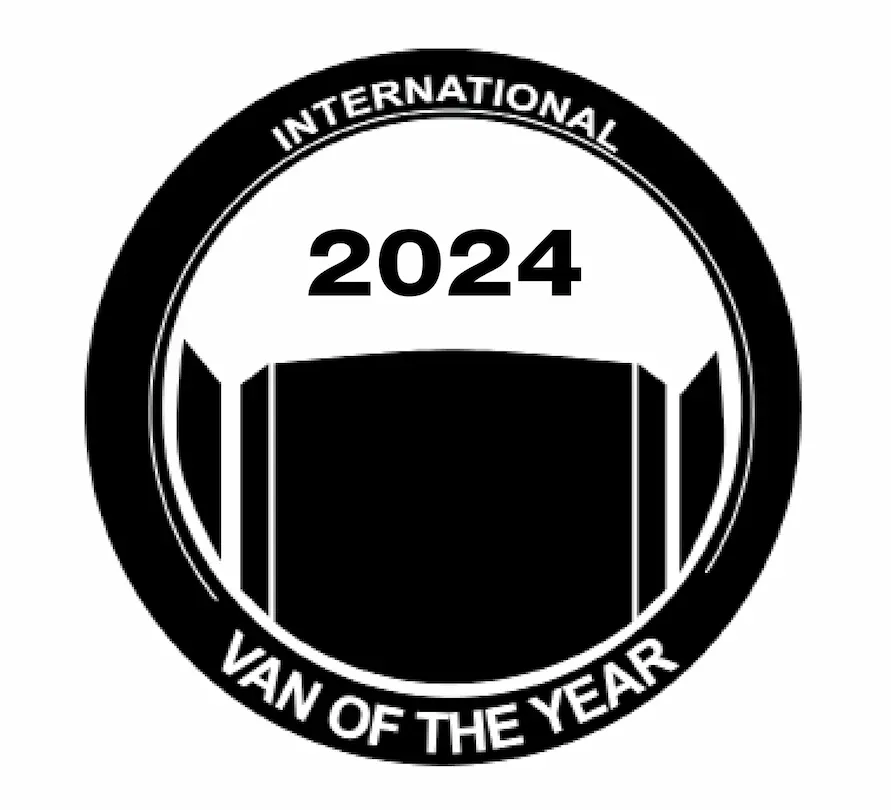
“UK has been the only country with a worsening in the index due to the fuel and energy costs of the UK electricity market. Spain has seen the largest improvement
on the index,” explains CEBR CEO, Nina Skero.
“The transition to electric could bring considerable societal benefits on both local and global scales, primarily through the mitigation of harmful pollutants and greenhouse gas emissions. Our analysis also demonstrates that vans already support a significant proportion of economic activity across European markets. Indeed, van-reliant industries contributed €860 billion to European Union economies last year. The portion of this figure attributed to electric vans is expected to grow as adoption continues and more businesses realise and accrue EV operational savings,” she adds.
Vans are contributing to the economy at a faster rate than many other key industries, including financial services and real estate across the Eurozone, but customers are still hesitant to electrify, largely due to one critical aspect – charging.
All countries saw a significant growth in the number of public charging points between 2018 and 2023, with France leading the way with a jump from 37 per 100,000 people in 2018 to 175 per 100,000 people in 2023. Despite this, France has the lowest share of fast chargers (over 22kW) with just 16.8% of the total. The UK has also made improvements with the number of charging points up from 29 to 108 per 100,000 people between 2018 and 2023. But, like France, the uptake of fast chargers has been slower with the number falling over time from 22.8% to 17.1%.
Availability of public charging is therefore considered a key buying requirement for electric van operators, but something that Ford Pro is taking steps to improve, not only with its Blue Oval charging network of more than 600,000 chargers across Europe, but with the roll out of its own home smart charging system and the software support needed to enable users to charge privately and, should they need to do so, to bill their employer for the energy.
“It’s not just about the vehicle, it’s really about the eco system that we are building around those vehicles, with uptime, with charging with financing and software connecting everything,” Schep explains.
“These small and medium sized businesses are a really important driver of economies. There are barriers but there’s also a keen interest of moving to zero emission. These are business owners that make rational choices. It’s not just about these vehicles, it’s about the whole ecosystem that wraps around these vehicles,” Schep adds.
Ford Pro’s chief revenue officer Dave Prusinski describes data as “the new oil” and it’s easy to see why when you drill down into the multitude of information vehicles are generating that will enable fleets to determine how and when they can make the transition to electric vans. Previously, this level of analysis was only possible by large fleets with expensive telematics systems, but increasingly small and medium sized businesses looking to find efficiencies in their business and turning to data to help.
Ford Pro now has more than 560,000 paid subscribers using its data packages, with 1000 fleets using depot charging software to manage their electric van fleets.
“In the past, software would be able to describe what has happened to a fleet. The charging did not happen or maybe a driver is driving too fast – all of these behaviours prescribe uptime. But when you go from descriptive to prescriptive software, I can tell you what a fleet did in the past, but now we are able to do things like control the speed of a vehicle, control how fast it accelerates, and send alerts when maybe an EV is not charged properly or when pre-conditioning has not set off in the morning. It’s a massive change in the fleet world from where it was to where Ford Pro is going with the fleets and small/medium sized business.” Prusinski says.
Although electric vehicle adoption amongst small businesses in the UK and Europe has been slow, reports like those from CEBR show that momentum is building. The work carried out by manufacturers like Ford Pro to bring simplified solutions to its customers to help accelerate the change is also playing an important role and given time, greater awareness and incentives the business case for electrification will soon make sense for many more operators of all sizes.
Kia offers electric van hope
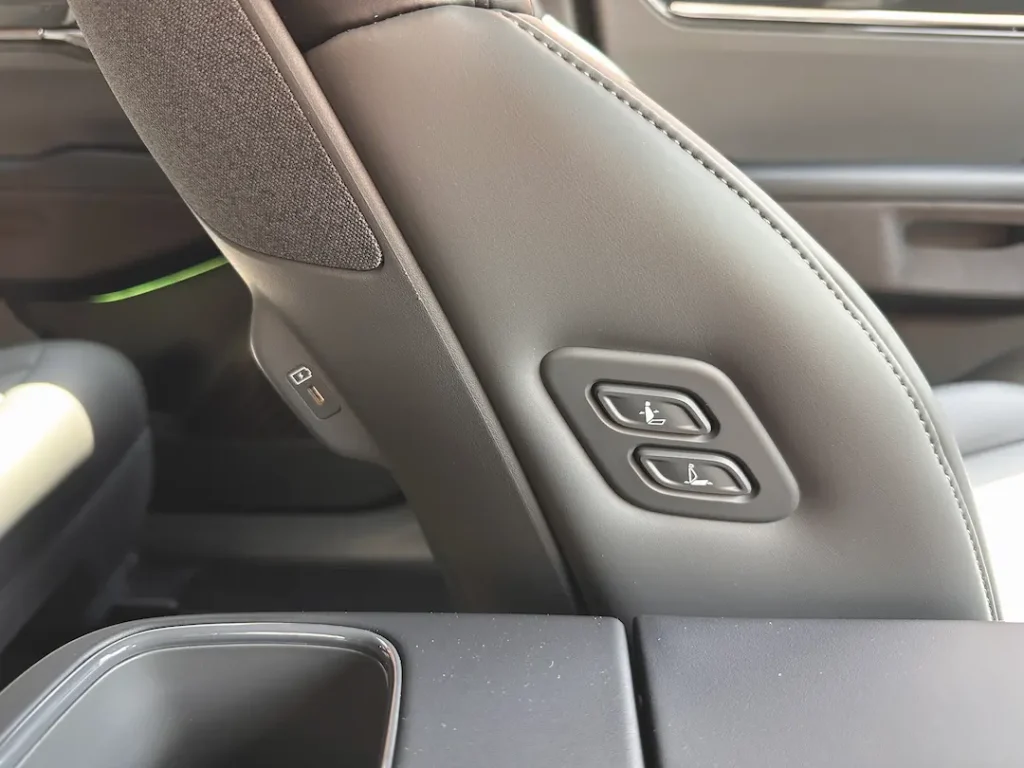
Despite having driven and tested many, many electric vans over the last decade, I (like many operators in the CEBR report) am still a little sceptical and have yet to really
take an electric vehicle outside of its comfort zone, choosing to always operate them within a reliable radius of base. Recently, however, that’s changed, and with more chargers and a greater understanding of the capabilities of the network I opted to take the plunge on a 600-mile round trip with a Kia EV9 electric car. Although there were some hiccups with charging, and my reservations remain about the validity of long-distance EV use as a commercial vehicle, I’m now less concerned about Kia’s chances of pulling off its proposed all-electric van range launch next year (2026 in Europe).
The level of thoughtful detail Kia has gone into in creating the EV9 shows a deep understanding of its customers and I’m hopefully that same level of insight will be applied to its van product. One small detail in particular caught my eye – controls for the passenger seat near to the driver to allow the driver to adjust the seat easily. It sounds simple but having spotted it within minutes I found myself using it to give a rear passenger more space. I’m now hopeful that Kia will also provide answers to questions van drivers never knew they needed answering.
George Barrow is the UK judge for the International Van of the Year, the prestigious prize awarded by leading European LCV journalists.


